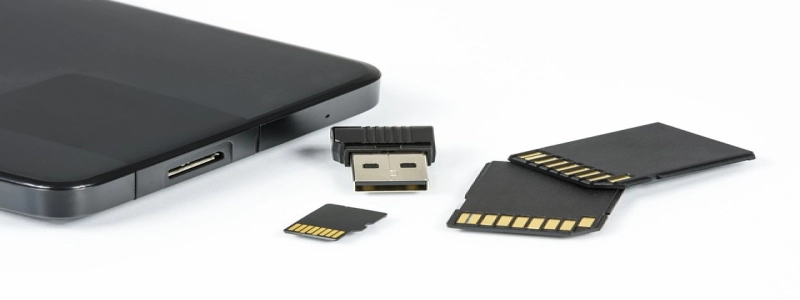Ethernet Grounding Block
Introduction:
The Ethernet grounding block is a vital component in networking systems, as it ensures the stability and reliability of Ethernet connections. Designed to provide proper grounding for Ethernet cables, this device plays a crucial role in preventing electrical interference and protecting network equipment from damage. In this article, we will explore the various aspects of the Ethernet grounding block and its importance in maintaining efficient network performance.
I. What is an Ethernet grounding block?
The Ethernet grounding block is a small device that facilitates proper grounding for Ethernet cables. It typically consists of a metal or plastic enclosure with connectors for Ethernet cables on one side and a grounding terminal on the other side. The purpose of this block is to provide a safe and controlled path for electrical currents, ensuring that the network equipment remains unaffected by external interference.
II. The importance of grounding in Ethernet connections
Grounding in Ethernet connections is essential for several reasons. Firstly, it helps prevent electrical surges and static electricity from damaging network equipment. By providing a path for these unwanted electrical currents, the grounding block ensures that they get safely discharged into the ground, rather than causing damage to sensitive networking components.
Secondly, grounding eliminates the risk of electrical noise and interference. When Ethernet cables are not properly grounded, they can act as antennas, picking up external electrical signals and causing signal distortion or data errors. By connecting Ethernet cables to the grounding block, these unwanted electrical signals get bypassed and neutralized, maintaining the integrity of the data transmission.
III. How to install an Ethernet grounding block
Installing an Ethernet grounding block is a straightforward process that requires basic tools and knowledge. Here are the general steps involved:
1. Identify the location: Choose a suitable location near the networking equipment where the Ethernet grounding block can be installed securely.
2. Disconnect the Ethernet cable: Ensure that the power to the network devices is turned off, and disconnect the Ethernet cable from the equipment.
3. Prepare the grounding wire: Cut the grounding wire to an appropriate length, leaving enough slack to reach the grounding block. Strip the insulation from both ends of the wire.
4. Connect the grounding wire: Attach one end of the grounding wire to the grounding terminal on the grounding block, and tighten the connection securely.
5. Connect the Ethernet cable: Insert the Ethernet cable connectors into the Ethernet ports on the grounding block, making sure they are firmly seated.
6. Secure the grounding block: Mount the grounding block on the wall or any other suitable surface using screws or adhesive, ensuring that it is firmly attached.
7. Test the connection: Once the grounding block is installed, reconnect the Ethernet cable to the network equipment and power it up. Check for a stable connection and ensure that there are no electrical disturbances or data errors.
IV. Conclusion
In conclusion, the Ethernet grounding block is a crucial component in networking systems, providing a safe and controlled path for electrical currents. By properly grounding Ethernet cables, this device prevents electrical interference, protects network equipment from damage, and ensures efficient and reliable network performance. By following the installation process outlined in this article, network administrators can effectively enhance the stability and longevity of their Ethernet connections.








